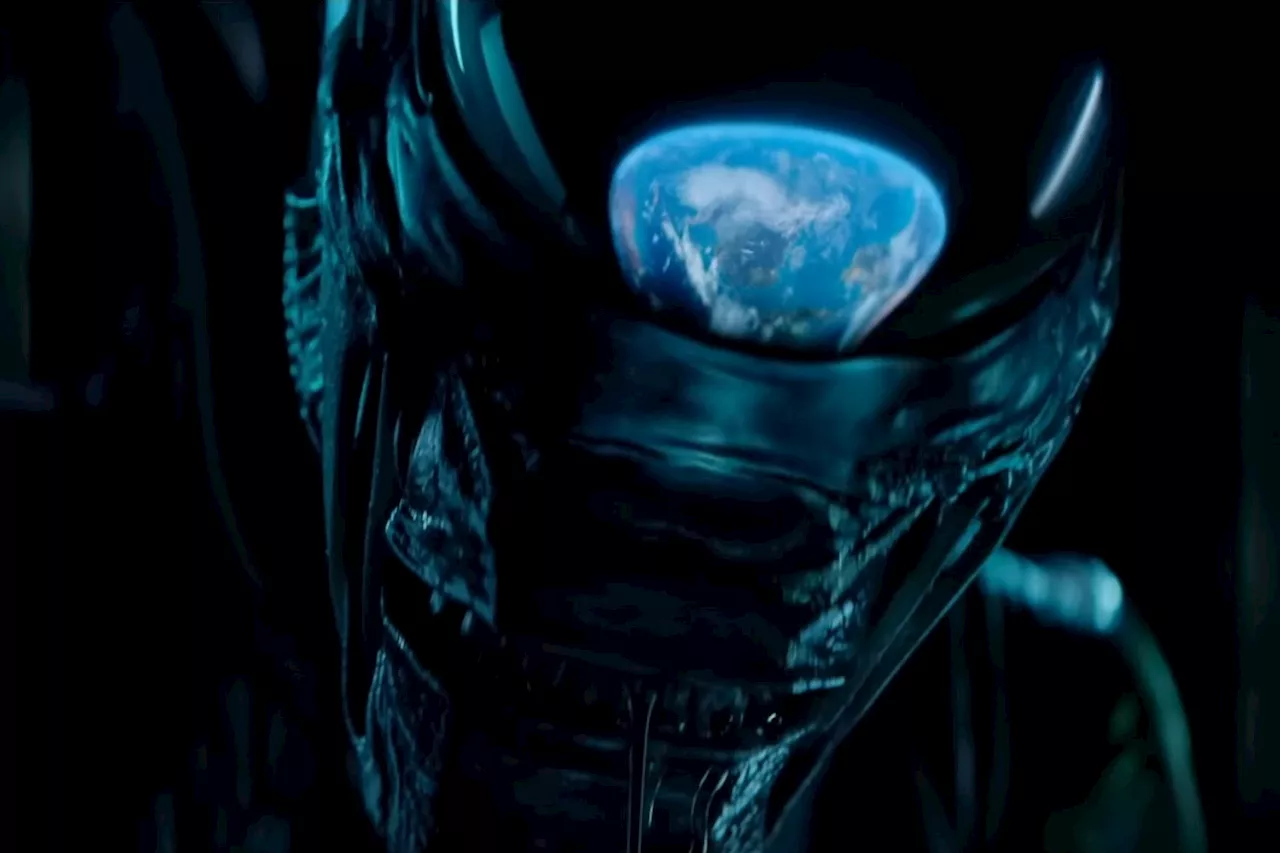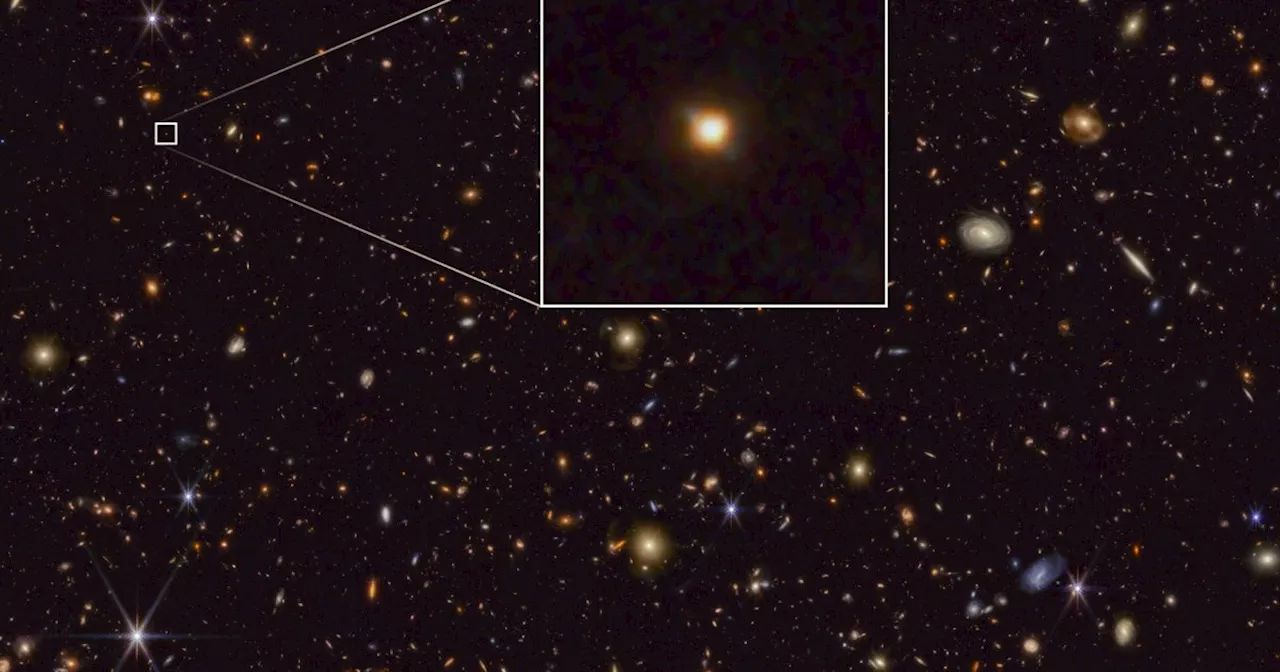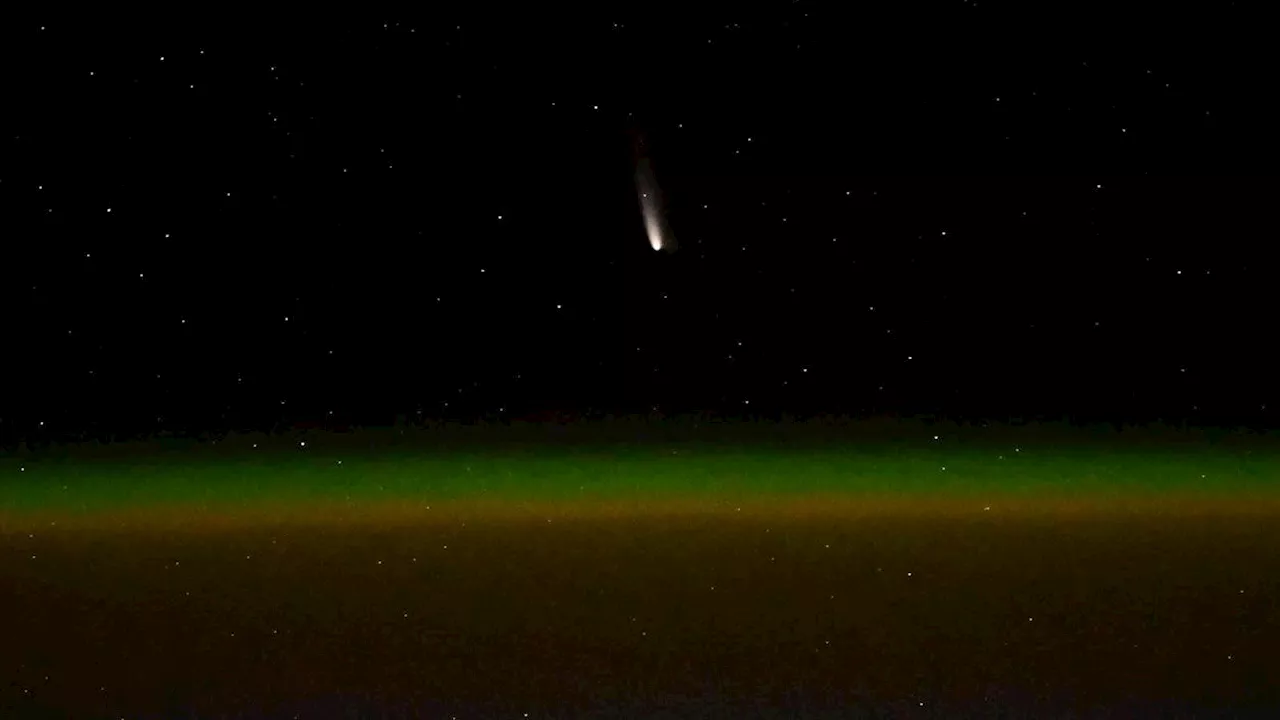Ben Turner is a U.K. based staff writer at Live Science. He covers physics and astronomy, among other topics like tech and climate change. He graduated from University College London with a degree in particle physics before training as a journalist.
Astronomers have discovered a distant planet that has offered them a rare glimpse of what our planet may look like 8 billion years in the future.
Before that, though, our sun will first accelerate outward into a red giant, consuming Mercury, Venus, and possibly even Earth and Mars. If our planet is spared, it could eventually resemble this one, drifting farther out from the cooling remains of the dying cosmic furnace. The researchers described the distant world Sept. 26 in the journal Nature Astronomy.
For most of their lives, stars burn by fusing hydrogen into helium. Once they have exhausted their hydrogen fuel, however, they begin fusing helium, leading to a massive increase in energy output that causes them to swell to hundreds or even thousands of times their original size — and gobbling up any nearby planets as they transform into red giants.
By submitting your information you agree to the Terms & Conditions and Privacy Policy and are aged 16 or over.RELATED STORIES —New class of exoplanet — half-rock, half-water — discovered orbiting red dwarf—Never-before-seen rocks found in these exoplanet graveyards
Philippines Latest News, Philippines Headlines
Similar News:You can also read news stories similar to this one that we have collected from other news sources.
 Alien: Earth‘s First Teaser Sure Does Show an Alien and EarthAlien: Earth is a prequel show set before Ellen Ripley's sci-fi misadventures.
Alien: Earth‘s First Teaser Sure Does Show an Alien and EarthAlien: Earth is a prequel show set before Ellen Ripley's sci-fi misadventures.
Read more »
 Snowball Earth: Researchers discover unique Scottish rocks record when Earth was first encased in iceMore than 700 million years ago, the Earth was plunged into a state that geologists call 'snowball Earth', when our planet was entirely encased in ice. This happened when the polar ice caps expanded so far that they joined up around the equator.
Snowball Earth: Researchers discover unique Scottish rocks record when Earth was first encased in iceMore than 700 million years ago, the Earth was plunged into a state that geologists call 'snowball Earth', when our planet was entirely encased in ice. This happened when the polar ice caps expanded so far that they joined up around the equator.
Read more »
 ‘That’s weird’: This galaxy could help astronomers understand the earliest starsAstronomers using the James Webb Space Telescope have spotted a weird galaxy that originated just a billion years after the Big Bang.
‘That’s weird’: This galaxy could help astronomers understand the earliest starsAstronomers using the James Webb Space Telescope have spotted a weird galaxy that originated just a billion years after the Big Bang.
Read more »
 In Photos: Bright New Comet Captured By Astronauts And AstronomersJamie Carter is an award-winning reporter and experienced stargazer who covers the night sky, astro-tourism, the northern lights and space exploration. He received the 2023 Popular Media Award from the American Astronomical Society's Solar Physics Division and is the author of A Stargazing Program for Beginners. Writing for Forbes.
In Photos: Bright New Comet Captured By Astronauts And AstronomersJamie Carter is an award-winning reporter and experienced stargazer who covers the night sky, astro-tourism, the northern lights and space exploration. He received the 2023 Popular Media Award from the American Astronomical Society's Solar Physics Division and is the author of A Stargazing Program for Beginners. Writing for Forbes.
Read more »
 Astronomers catch a glimpse of a uniquely inflated and asymmetric exoplanetAstronomers have observed the atmosphere of a hot and uniquely inflated exoplanet using NASA's James Webb Space Telescope.
Astronomers catch a glimpse of a uniquely inflated and asymmetric exoplanetAstronomers have observed the atmosphere of a hot and uniquely inflated exoplanet using NASA's James Webb Space Telescope.
Read more »
 Astronomers spot merging galaxies from 12.8 billion years agoAstronomers have spotted a pair of galaxies in the act of merging 12.8 billion years ago. The characteristics of these galaxies indicate that the merger will form a monster galaxy, one of the brightest types of objects in the universe.
Astronomers spot merging galaxies from 12.8 billion years agoAstronomers have spotted a pair of galaxies in the act of merging 12.8 billion years ago. The characteristics of these galaxies indicate that the merger will form a monster galaxy, one of the brightest types of objects in the universe.
Read more »
